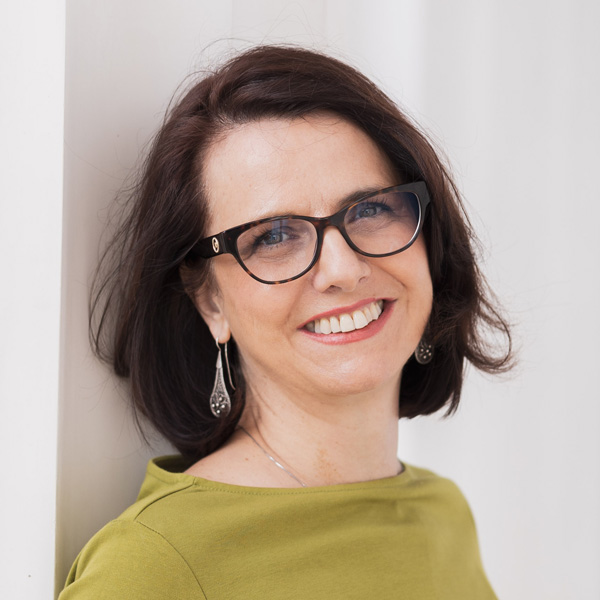When we realize we have the freedom to make decisions that shape our lives, including how we manage our time, it becomes easier to accept responsibility for our choices
BLOG
The difference between happiness and happy life

Ida Protuger
RELATED
Does the flat organizational structure offer greater well-being?
We live in a time of intense change, where artificial intelligence and technological advancements are transforming the world overnight. This new reality is referred to as a BANI world, characterized as: Brittle Anxious Nonlinear Incomprehensible The BANI world...
Emotions and Leadership: Don’t suppress – learn how to express
Leaders are often burdened with negative emotions and unmet needs, just like everyone else. By mastering EI, particularly emotional regulation, leaders can promote a thriving, results-driven corporate culture.
Is happiness a need? Or just a strive? Or a feeling? What does it look like? No one can say for sure since happiness has eight billion faces, as same as the number of people on this planet. However, we all tend towards happiness, that is for sure. Although sometimes we have strange or controversial strategies to reach it.
Recently, I was asked to express an opinion about the difference between happiness and happy life. What came to my mind was to use an example as an answer. We can experience moments of happiness during the day but, when our daily routine is very stressful, we assess that our life is not fulfilled. We can find moments of happiness in one relationship but can think of the same relationship as having a negative impact on us. Giving a personal example, I can always say that a wonderful sunset or sunrise triggers a feeling of happiness in me. However, I could not say that I’m overall happy while watching the sunsets or that I’m fully satisfied with my life.

How to achieve self-contentment
So, well-being or happy life is a sense of a fulfilled and meaningful life. It is a feeling of long-lasting happiness. Self-contentment. How to achieve this self-contentment is really a million-dollar question. Moreover, what resources do we need and how should we use them towards our well-being? My work is mostly focused on clients’ well-being. I’m a passionate believer in positive human potential as a base for personal growth and meaningful life. But sometimes, this potential could not unfold. Firstly because often people can not be aware of all the resources they possess. Secondly, they often face outer and inner obstacles that prevent them using the resources they possess.
Outer obstacles are circumstances we can not control, nor change and that cause stress reactions. If we are facing hardships or life challenges, we are naturally focusing all our resources to cope with the stress and release ourselves from the feeling of frustration. So, we have less energy and motivation to create or work on our well-being.
In Maslow’s pyramid of human needs, on the bottom are basic needs, physiological ones, safety needs, and those for belonging. Then going up to the peak are esteem needs and highest is a need for self-actualization. When some of the needs are not fulfilled, we feel discomfort. Fulfilling our needs on the other hand offers a feeling of comfort. Societies that support people’s well-being are those that offer security, rule of law, equal access to resources. Opposite of that, those with high corruption rates, absence of checks and balances and weak institutions are not supportive of people’s well-being. Not to mention war conflicts where people are using their resources just to survive. However, having in mind the complexity of life, fulfilling needs, and reaching well-being is not a math operation. Achieving a state of self-contentment is not easy. Contrary to our beliefs, in most cases, not because of the circumstances.
An elephant story
I read one inspirational story from an Argentinian psychotherapist, Jorge Bucay. The story’s happening in his childhood when he meets an elephant in a circus. He was stunned seeing the big and strong animal chained, who yet could be unchained in a matter of seconds because it was nailed just to a small wedge. So why was it remaining chained when it could free itself easily? When the elephant was very young, it tried to get rid of the chain but couldn’t succeed. The poor, now powerful elephant didn’t move its leg to set itself free just because it thought it couldn’t. The memory of how powerless it felt just after it was born is deeply rooted in his memory. It has never seriously questioned that memory again nor tried to test its strength.

In many life situations, we act like that elephant. We are not testing our strengths because fears and doubts are in charge of our behavior. We are not aware of our resources. Sometimes this happens because of learned inadequate patterns, unsupportive messages, and other complex influences. How to overcome inner and outer obstacles towards maximizing individual potential and well-being? I believe this can be achieved by building our resilience.
Pillars that support our resilience are self-awareness and the ability to establish a close and caring relationship with oneself; effective communication that would lead to understanding and will help people to build supportive relationships; self-exploration of inner strengths, and authentic self-expression. Strengthening pillars that support resilience, could lead to valuable personal transformation where the individual becomes an author, instead of an actor in her/his life.
Contrary to the belief that people are born resilient, resilience could be learned.
